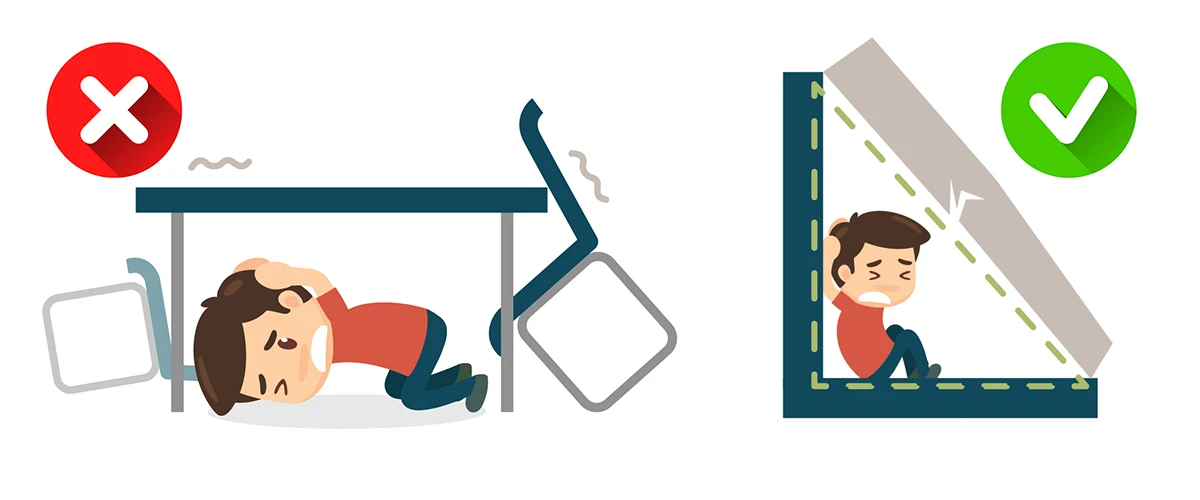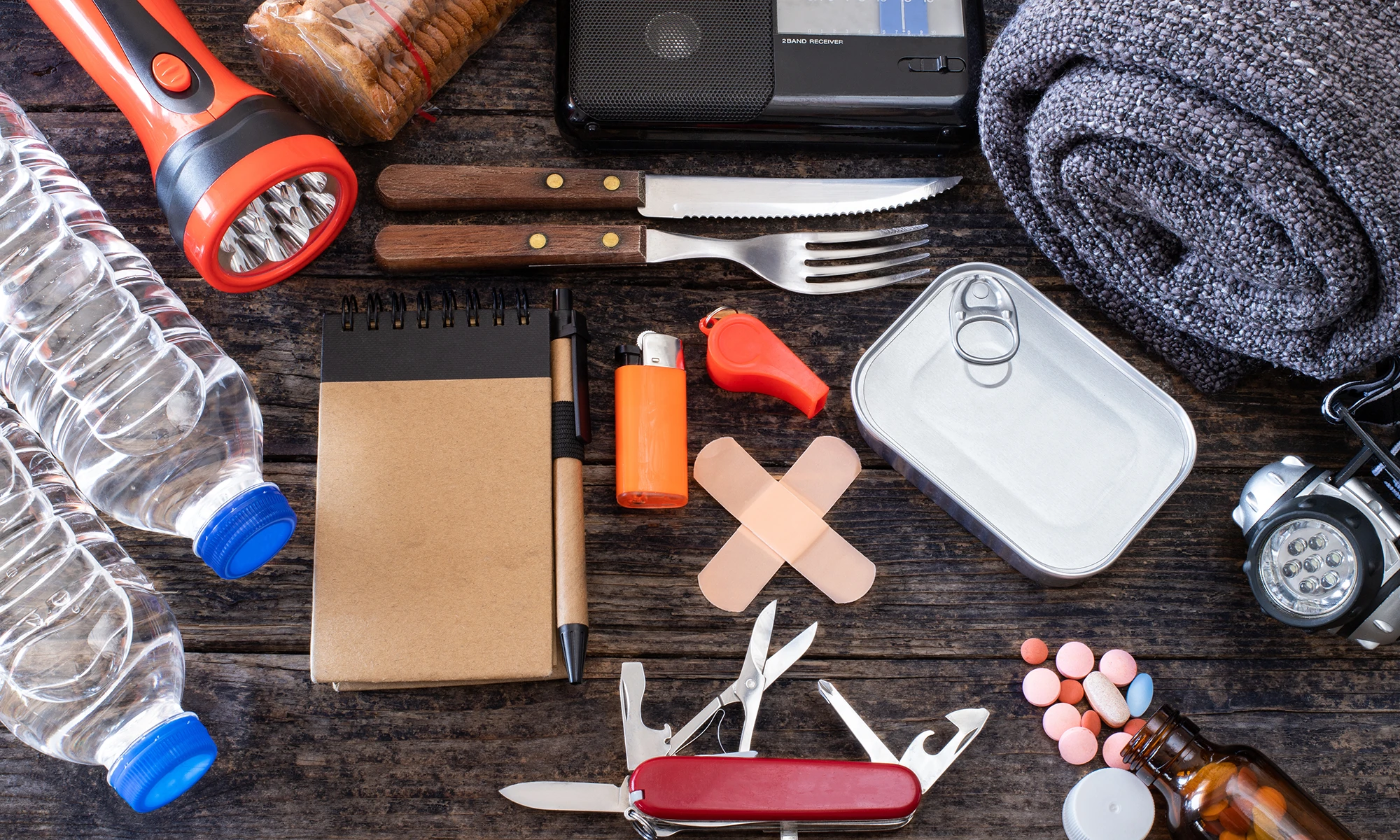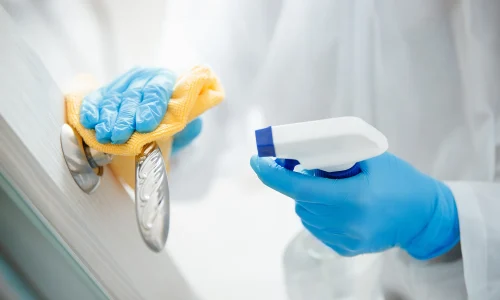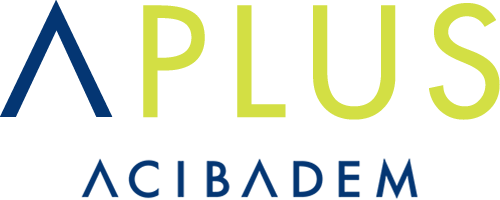The recent earthquakes that impacted ten provinces in the Southeastern region of Turkey have left a deep mark on us all. Living in an earthquake-prone region, it is essential to prepare for potential quakes to minimize their effects and ensure you can access basic emergency supplies for the critical 72 hours following an earthquake until aid arrives. Preparing an Emergency and Disaster Kit is key.
It’s vital to have an earthquake kit not only at home but also in workplaces, vehicles, and schools. Make sure to store it in an easily accessible spot, check it regularly, and ensure items are still usable, with none past expiration.
Essential Items for Your Earthquake Emergency Kit
Remember to customize the kit according to the number of people in your household.
- Copies of identification and essential documents (ID, driver’s license, passport, insurance policies, bank information, and pet health records if applicable)
- First-aid kit
- 4 liters of drinking water per person
- Non-perishable, high-calorie, and nutrient-rich foods
- Radio
- Multi-tool (knife, scissors)
- Battery-powered or hand-crank flashlight (with spare batteries if needed)
- Whistle
- Dust mask
- Tools (adjustable wrench, screwdriver, pliers)
- Prescription medications
- Basic medicines (pain relievers, anti-diarrheal, laxatives, antacids)
- Notepad and pen
- Spare clothing (raincoat, underwear, socks)
- Backup phone and charger
- Batteries
- Sturdy tape and plastic sheeting for sheltering
- Hygiene items (towel, soap, sanitizer, wet wipes, toilet paper, sanitary pads, toothpaste, toothbrush)
- Trash bags
- Plastic cable ties
- Rope
- Blanket
- Sleeping bag
Additional Items for Babies
- Baby’s medications
- Vitamins and supplements
- Ready-made baby food
- Diapers and wet wipes
- Baby clothes
- Baby blanket
- Small toys
Additional Items for Pets
- Dry pet food
- Food and water bowl
- Health records

Life-Saving Triangle Method (Survival Triangle)
In the event of a building collapse, creating a “Survival Triangle” could be life-saving. The survival triangle involves positioning yourself near large, sturdy objects that can create enough space for you to breathe and survive if the surrounding structure collapses.
When you feel the earthquake and sense a potential collapse, find large, sturdy, and preferably fixed objects like tables, couches, or beds to crouch beside. These items can create safer spaces if they shield you from falling debris.
During an earthquake, crouch down, cover your head and neck with your arms, and avoid moving until the shaking stops.
Safety Measures During an Earthquake
- Avoid using stairs, elevators, and emergency exits during the shaking.
- Steer clear of windows, balconies, and terraces. Do not jump from heights.
- Refrain from touching light switches or using flames.
- After the shaking stops, before moving to safer areas, turn off water, natural gas, and electrical sources.
By staying prepared and informed, you can increase your safety in the event of an earthquake.





